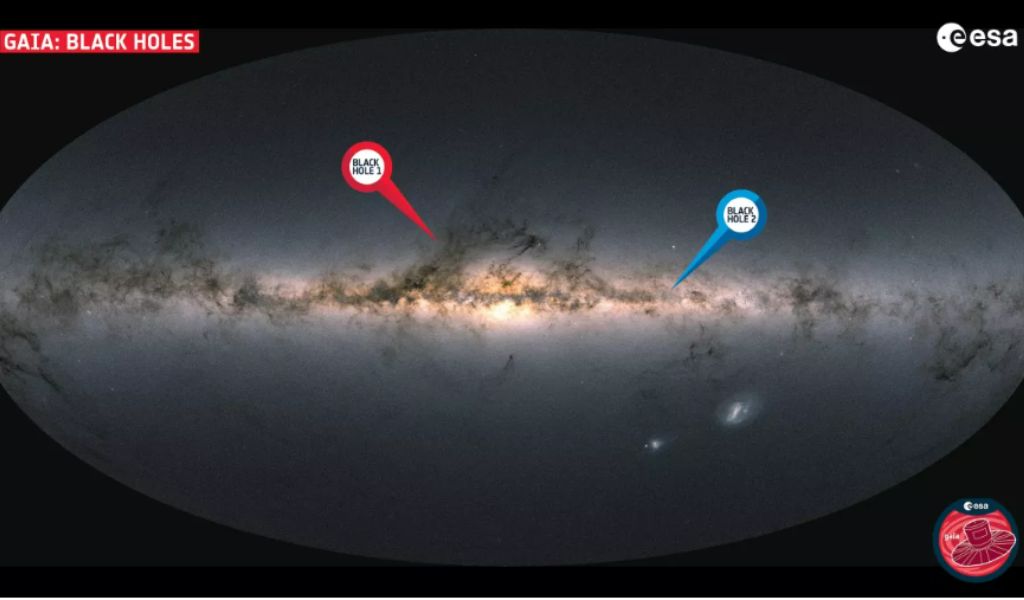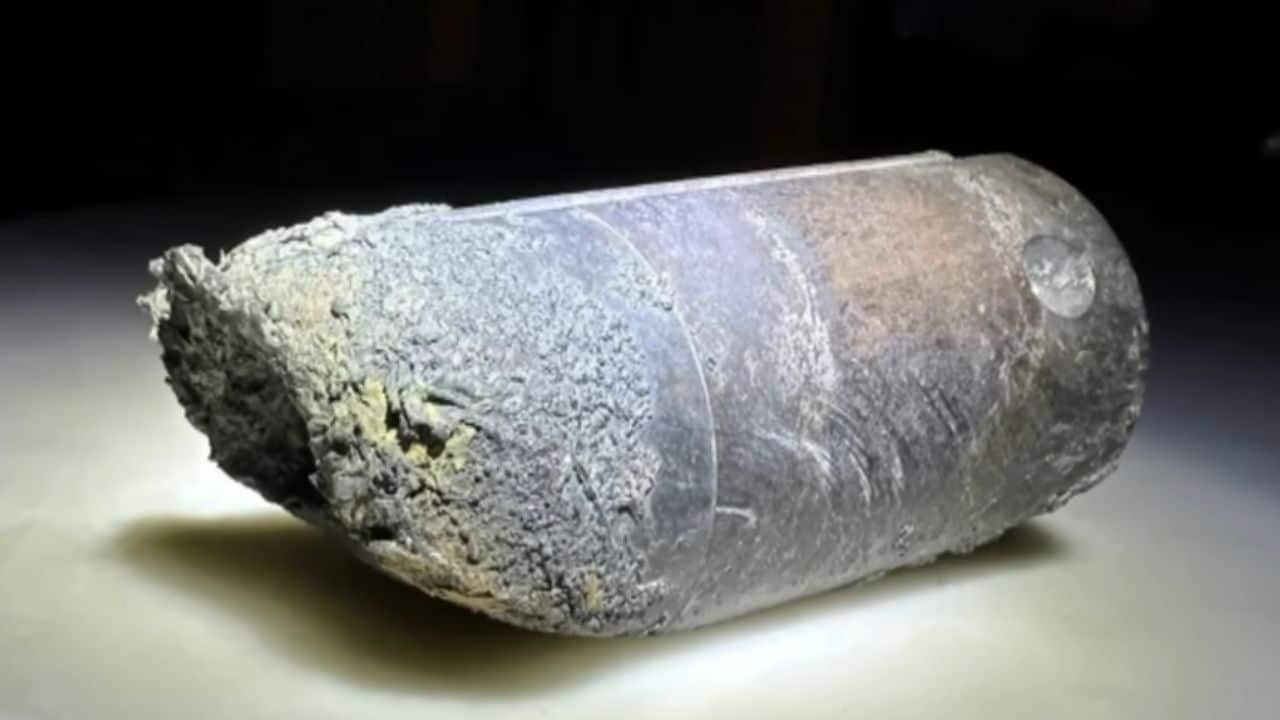Listen to the Podcast:
The Gaia probe from the ESA has found two black holes that are very close to Earth. The best part is that this isn’t the only thing that makes them unique; they also seem to be very different from others that have been seen before.
The main difference between Gaia BH1 and Gaia BH2 and other black holes is their distance from their companion star. There are a lot of black holes and star systems in the universe. Many black holes have already been found, but they are usually so close to their stars that the black hole constantly eats material from the star, which gives it a lot of energy.
Because of this, instruments that can pick up X-rays or radio waves can easily find them. But that wasn’t what was found in this case. Gaia saw a small shake in the star that the cameras of other similar probes might not have been able to see. This wobble looked like it was caused by the pull of a very heavy object, like a black hole. The Chandra X-ray Observatory at NASA and the MeerKAT radio telescope in South Africa needed to check out this. So, it was confirmed that, even though they were black holes, they were not pulling material from the star. So, yes, they are unique in a lot of ways.
Two New Black Holes
The distance between these two black holes and Earth is 1,560 and 3,800 light years, respectively. You might think it’s a lot. But if we consider that the one closest to the solar system that has been found so far is 1,011 light-years away and that our galaxy is 105,000 light-years across, we can get a sense of how close they are.
But, as we’ve already seen, that’s not the only strange thing about black holes.
It’s hard to believe that they are so far away from their friend, as we’ve already seen. It is strange how far away they are from their other star. Gaia’s BH2 goes around the black hole once every 1,277 days. That means they are about 714 million kilometers away from us. Another example of a binary system is the one made by Cygnus X-1 and its companion star. In this case, it takes 5.6 days for the star to go around the system.
It’s easy to see the difference. So, in places like Cygnus X-1, it is easy for a lot of the star’s stuff to fall into the black hole’s event horizon. That is, from that far away, nothing can get away from him. So, slowly but surely, it eats the star.
But that doesn’t happen in this case. Because of how far away everything is, there isn’t much going on. And that means we might be dealing with a new kind of black hole.
More will have to be learned about the situation.
Gaia might find more cases like this.
At the moment, we won’t be able to see the data from its last 66 months of full observations until at least the end of 2025.











































